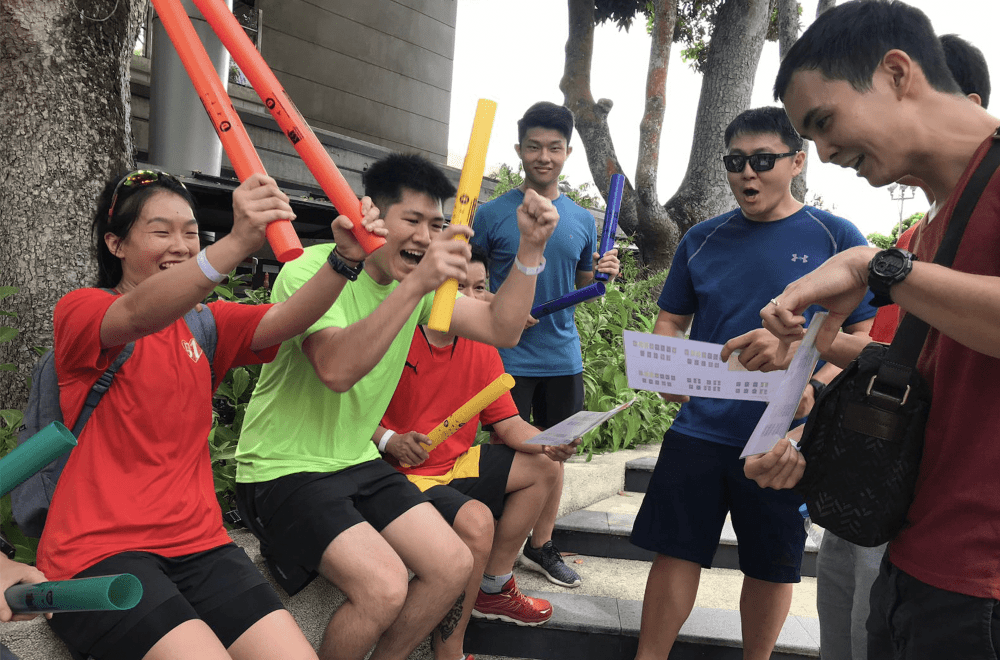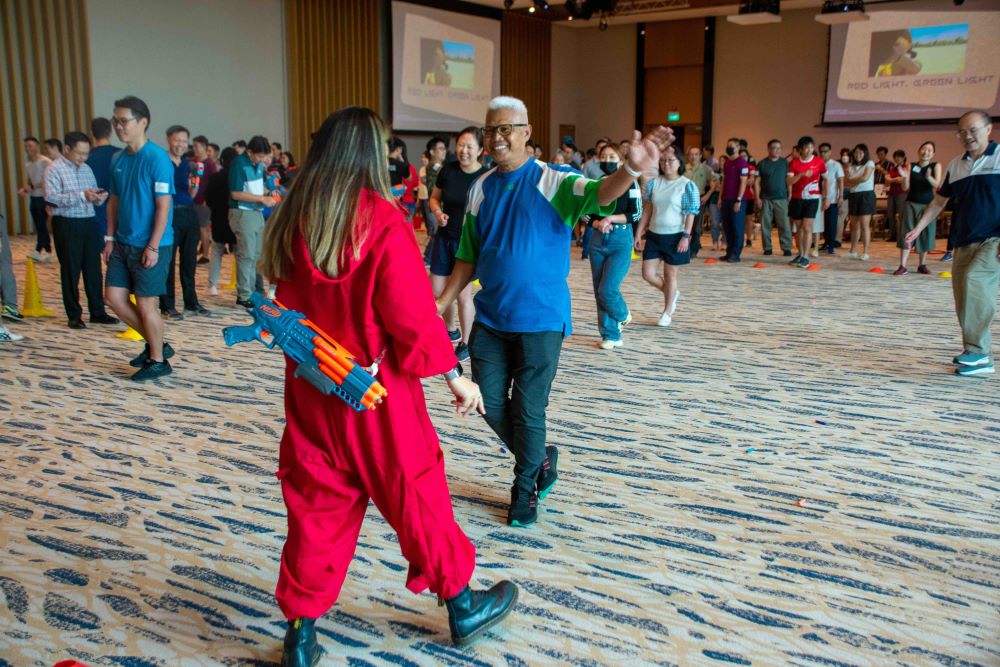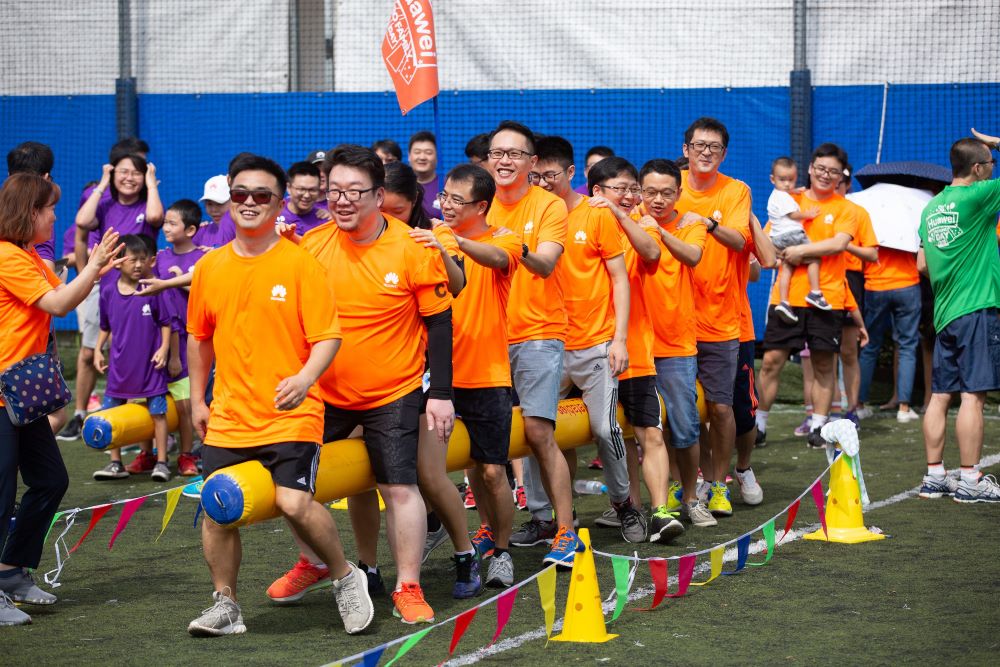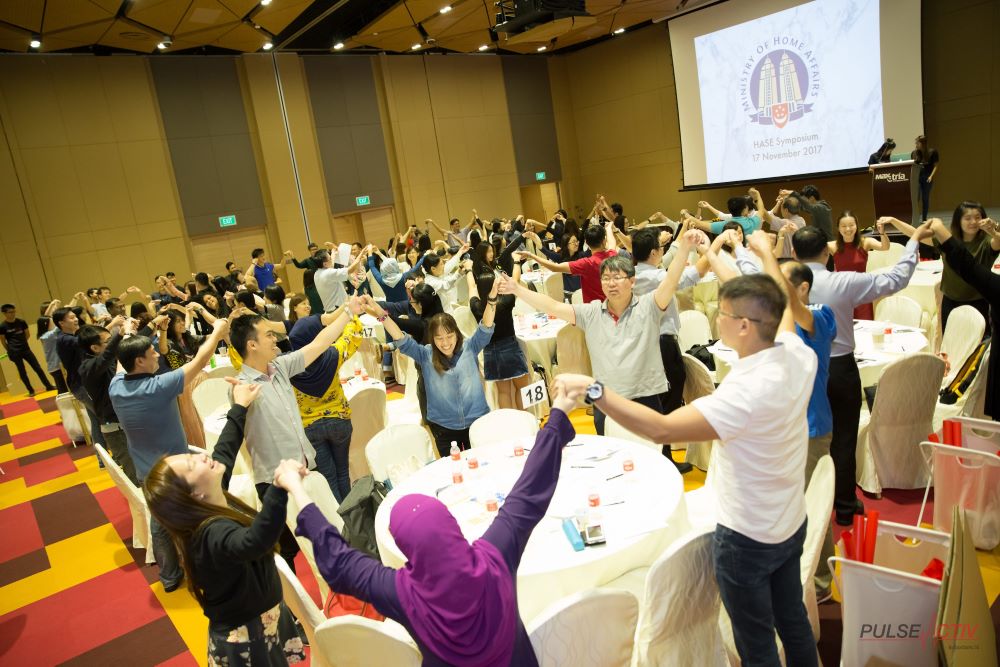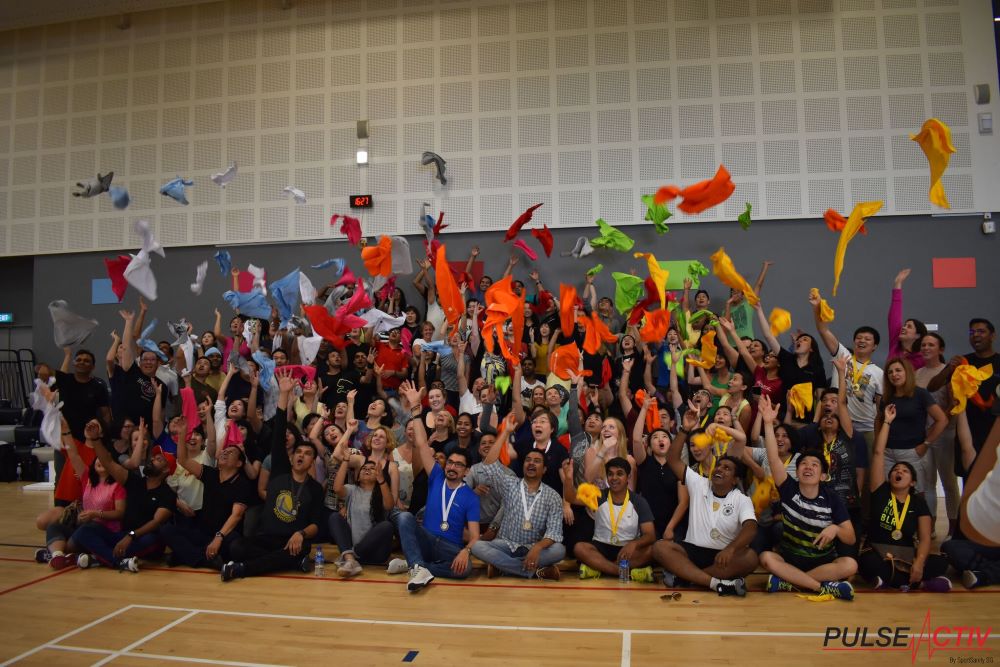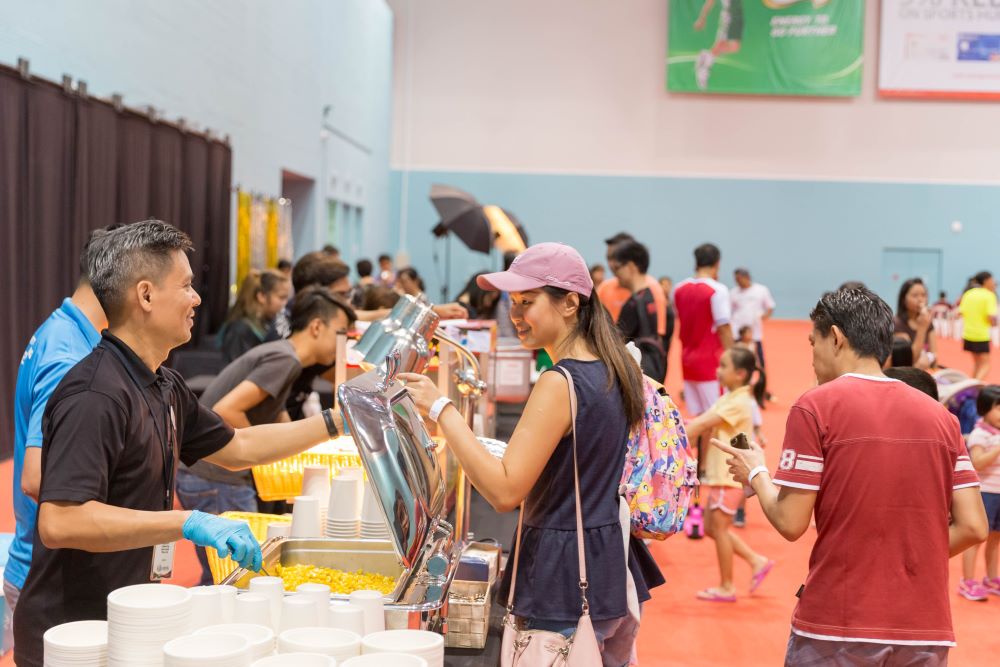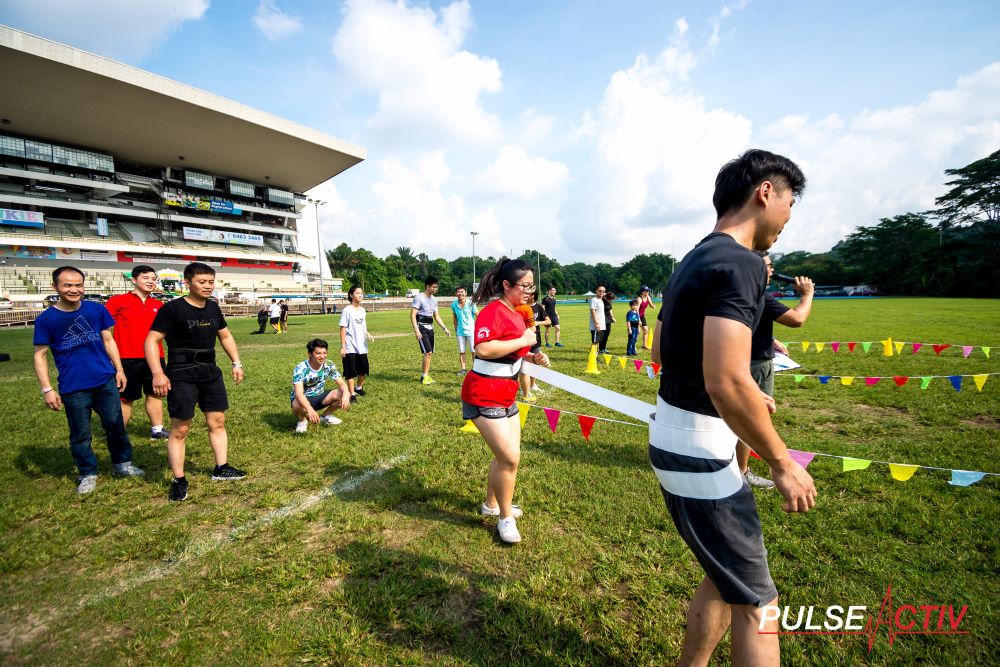How Employee Health Affects Work Productivity
In today’s competitive business landscape, productivity is a key driver of organizational success. However, a crucial element that often gets overlooked in productivity discussions is employee health. Employees’ physical and mental well-being directly impacts their ability to perform effectively, making it essential for organizations to prioritize health in their productivity strategies.
1. Physical Health and Its Impact
Energy Levels and Engagement
Employees who are in good physical health typically have higher energy levels and greater engagement at work. Regular exercise, a balanced diet, and adequate sleep are foundational to sustaining energy throughout the workday. Employees who experience fatigue or chronic illness may struggle with decreased productivity, frequent absenteeism, and diminished focus, affecting overall team performance.
Absenteeism and Presenteeism
Poor health can lead to higher rates of absenteeism, where employees are physically absent from work due to illness. Conversely, presenteeism occurs when employees are at work but not fully productive due to health issues. Both scenarios negatively impact productivity, as tasks are either left incomplete or performed at a lower quality.
2. Mental Health and Cognitive Function
Stress and Concentration
Mental health is equally important for productivity. High levels of stress, anxiety, and depression can impair cognitive functions such as concentration, decision-making, and problem-solving. Employees under chronic stress may find it challenging to focus on tasks, meet deadlines, or collaborate effectively with colleagues.
Job Satisfaction and Motivation
Mental well-being also influences job satisfaction and motivation. Employees who feel mentally healthy are more likely to be motivated, engaged, and committed to their roles. Conversely, those struggling with mental health issues may experience decreased job satisfaction, leading to disengagement and lower productivity.
3. The Role of Work Environment
Creating a Supportive Environment
A supportive work environment plays a significant role in promoting employee health. Organizations can foster well-being by providing access to health resources such as counseling services, wellness programs, and fitness facilities. Additionally, implementing flexible work arrangements can help employees manage work-life balance, reducing stress and enhancing productivity.
Ergonomics and Physical Comfort
Physical work environments also affect health and productivity. Ergonomic office designs, comfortable seating, and proper lighting can prevent physical strain and discomfort, which in turn supports sustained productivity. Ensuring that employees have a conducive workspace can minimize distractions and physical ailments.
4. The Financial Impact
Cost of Health-Related Issues
The financial implications of poor employee health are significant. Healthcare costs, lost productivity, and turnover due to health-related issues can be substantial. Investing in employee health and wellness programs can reduce these costs by decreasing absenteeism, improving job performance, and lowering healthcare expenses.
Return on Investment
Organizations that prioritize employee health often see a positive return on investment. Healthier employees are more productive, have higher morale, and contribute to a more positive work environment. Implementing wellness initiatives and promoting a culture of health can lead to improved overall performance and reduced operational costs.
5. Strategies for Enhancing Employee Health
Promoting a Healthy Lifestyle
Encouraging employees to adopt a healthy lifestyle can boost productivity. This includes offering wellness programs, health screenings, and incentives for healthy behaviors. Employers can also support mental health by creating an open and supportive atmosphere where employees feel comfortable seeking help.
Regular Assessments and Feedback
Regular assessments of employee health and well-being can help identify potential issues early. Gathering feedback on health-related concerns and implementing targeted interventions can address problems before they impact productivity.
Education and Awareness
Educating employees about the importance of health and providing resources for improving well-being can empower them to take charge of their health. Workshops, seminars, and informational materials can raise awareness and promote healthier choices.
Conclusion
Employee health is a vital component of work productivity. By recognizing the impact of physical and mental well-being on performance, organizations can implement strategies to support and enhance employee health. Investing in health and wellness not only benefits employees but also drives organizational success through increased productivity, reduced absenteeism, and improved job satisfaction. Prioritizing health is not just a moral obligation but a strategic advantage in the quest for sustained business excellence.
To head back to read another article in our blog, click here.
